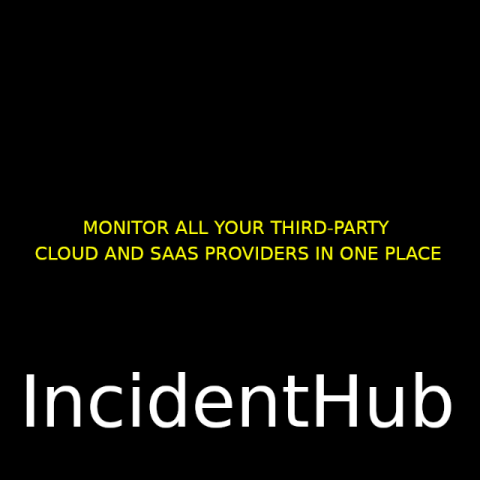7 Best Practices for Effective Log Formatting
Logs play a critical role in monitoring your applications and systems in terms of health, system behavior, and problem diagnosis. However, logs can assuredly bring value only if they are structured and well-formatted. Effective log formatting can help identify an issue to fix on time rather than having to sift through unorganized, hard-to-read logs. In this blog, we delve into 7 super-effective practices for production logging to help you maximize your log analysis capabilities.










